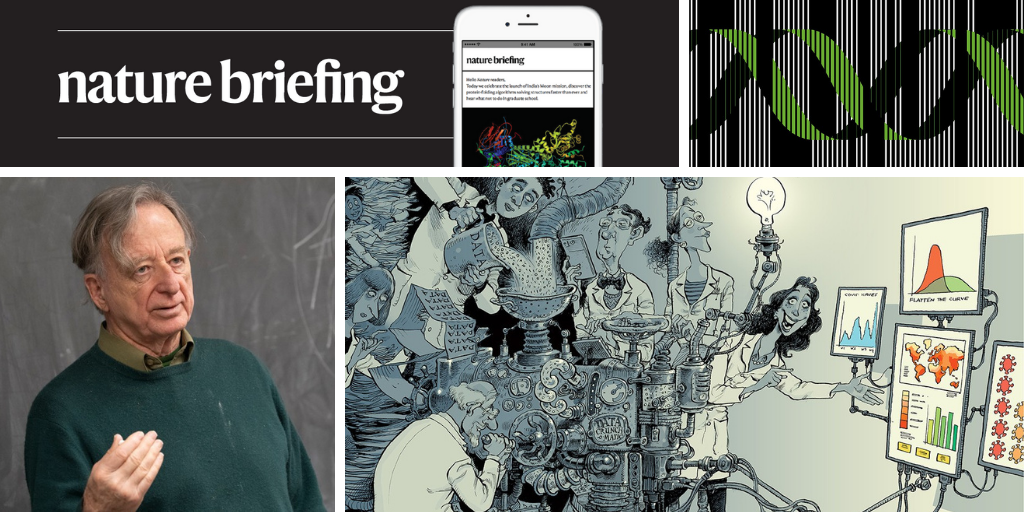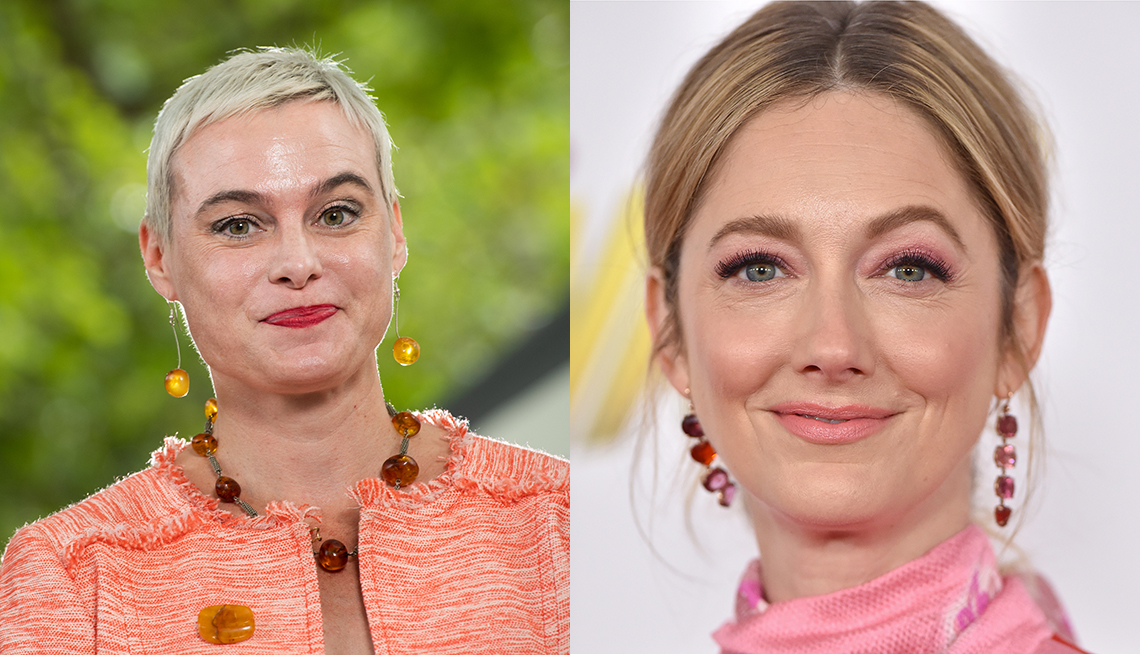
- Select a language for the TTS:
- UK English Female
- UK English Male
- US English Female
- US English Male
- Australian Female
- Australian Male
- Language selected: (auto detect) - EN
Play all audios:
Hello _Nature_ readers, would you like to get this Briefing in your inbox free every day? Sign up here. TOPOLOGY VIRTUOSO WINS ABEL PRIZE Mathematician Dennis Sullivan has won one of the
most prestigious awards in mathematics, for his contributions to topology — the study of qualitative properties of shapes — and related fields. The Abel Prize, which is given by the
Norwegian Academy of Science and Letters, is worth 7.5 million Norwegian Kroner (US$854,000). The Abel is considered a lifetime-achievement award. Sullivan says that the result he is
proudest of is one he obtained in 1977, which distils the crucial properties of a space using a tool called rational homotopy. Nature | 4 min read IMPLANT LETS ‘LOCKED IN’ MAN CHAT WITH SON
For the first time, a person who is completely paralysed can form sentences using an implanted device that reads brain signals. The 36-year-old man has motor neuron disease. He was able to
make sentences at a rate of about one character per minute by changing the audible tone of an output device to navigate through letters. He eventually explained to researchers that he
modulated the tone by trying to move his eyes. In both German and English, he was able to communicate with his wife and 4-year-old son, and could express his food and physical preferences.
Among his statements were “I would like to listen to the album by Tool loud,” and “I love my cool son.” Science | 7 min read Reference: _Nature Communications_ paper FEATURES & OPINION
LESSONS FROM THE COVID DASHBOARD WIZARDS The scientists, programmers and designers who built some of the most influential artefacts of the pandemic — the data dashboards — share what they
learnt about communicating science in a crisis. A common thread is that data that are this important for public health should be freely available, machine-readable and standardized. Another
is that the best data visualization might not be the most pleasing to the eye. And it’s important to be transparent about data sources, methodologies and any gaps or errors that could lead
viewers astray. Nature | 13 min read MOLECULAR BARCODES REVEAL TUMOUR LINEAGES Like the barcode on a box of food at the grocery store, molecular barcodes label cells so that researchers can
identify, track and study the populations that arise from them. They are built of nucleic acids or proteins, and cancer biologists use them to home in on a tumour’s origins or to understand
how its mutations change over time. But reading molecular barcodes usually requires breaking cells open to sequence DNA. Now, researchers are expanding the tumour-barcoding toolkit to avoid
destroying barcoded cells. Nature | 11 min read INFOGRAPHIC OF THE WEEK QUOTE OF THE DAY “It’s OK to mourn the things that we are missing out on — to attend conferences in person, to do
certain kinds of research. But we can’t blame ourselves for things outside of our control.” Nutritional biochemist Gwen Chodur is one of five PhD candidates who spoke to _Nature_ about
coping with the ways that the pandemic disrupted their careers. (Nature | 11 min read)





